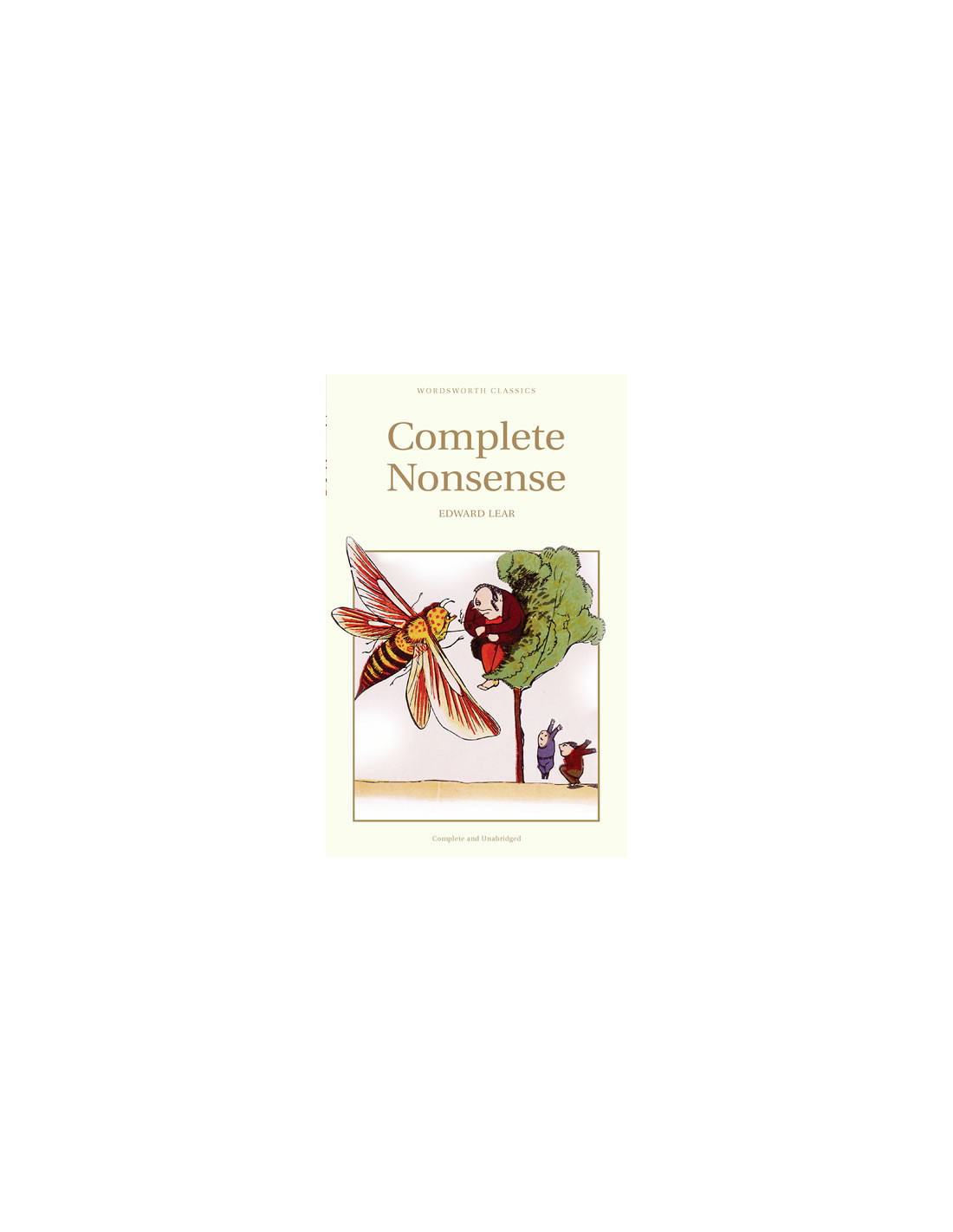

Had I not been reading this for several challenges, one of which would penalize me if I didn't finish this book, I'd have dropped this early on. They were worse that this one I wrote here. This book was full of stories, letters, poetry and other sorts of writing, including far too many limericks where he never once found three words that rhymed which usually makes them worse. It helps that I grew up in a rural area where some people had horses so I've actually been on them, even if it was with western saddles and not British like the ones in his drawings. The part I did like was his section about riding horses with drawings it helped that what he wrote was typed as text, but when I searched online to find a good photo I couldn't find the ones I liked better. I will admit that there were a couple of things I enjoyed, but this book is VERY long and most of it was not very good, IMO. The way to read this is to find the ballads, which are terrific.īlah, this was such a great disappointment overall. A few of the limericks go a long way, and there's a lot of cutesy stuff that maybe worked 130 years ago in England that just seems like drivel now. I should mention, there is a lot of stuff in here that is not terribly interesting. Their heads are green, their hands are blue There's something lovely about a group of 2-5 year olds chanting along:


Unlike Dr Seuss, who is superficially delightful but brutal to read night after night to cribsfulls of rabid infants, Lear remains fun to read. The Jumblies, The Dong with the Luminous Nose, The Pelican Chorus, are all heartbreaking and beautiful at the same time they are goofy childish fun. A little more vim that way.īest known for The Owl and The Puss圜at, Lear is at his best when he is that rarest of things, funny and sad at the same time.

The one about the girl from Nantucket gives you a punch line instead of repeat. In fact, his limericks are disappointing, not because they're rated G (they are), but because the last line is always a repeat of the first line.


 0 kommentar(er)
0 kommentar(er)
